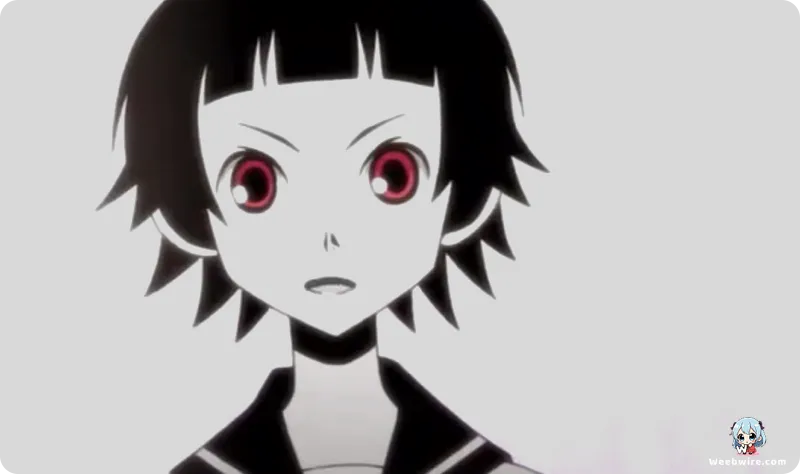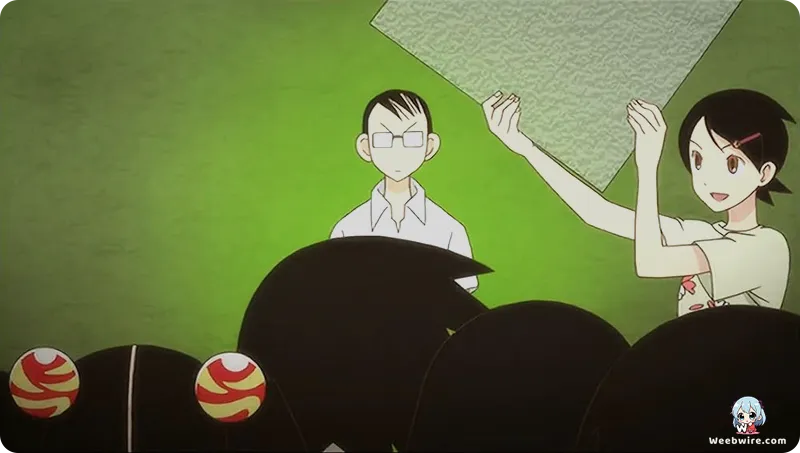Unpacking the Genius of Sayonara, Zetsubou-Sensei: How a Cult Classic Revolutionized Anime Satire and Visual Storytelling

Since its debut in 2007, Sayonara, Zetsubou-Sensei (Goodbye, Mr. Despair), often abbreviated as SZS, quickly achieved cult classic status. This series brilliantly showcased Studio Shaft's distinctive artistic vision and Kōji Kumeta's unparalleled satirical genius. Unlike typical escapist anime, SZS fearlessly delves into modern societal anxieties, delivering a masterclass in dark humor, intellectual wordplay, and incisive meta-commentary that continues to captivate its audience.
The Birth of the Iconic "Shaft Style"
Sayonara, Zetsubou-Sensei was pivotal in shaping what is now recognized as the iconic "Shaft style." Under the direction of Akiyuki Shinbo, the series pioneered experimental visual hallmarks such as stark minimalist backgrounds, rapid transitions, text overlays, and the infamous "Shaft head tilt." These elements were crucial for translating Kumeta's densely packed manga into a dynamic and engaging animated format.
Kōji Kumeta's Linguistic Brilliance
Kōji Kumeta's writing is renowned for its intricate layers of Japanese cultural allusions, political satire, and sophisticated wordplay, which often pose a challenge for direct translation. A fascinating aspect of the humor lies in its reliance on goroawase (phonetic puns), the subtle nuances of kanji, and specific Japanese cultural references. For example, the protagonist Itoshiki Nozomu's name (糸色望) cleverly resembles 絶望 (zetsubou), meaning "despair." This pervasive linguistic dexterity ensures that rewatching SZS remains a continuously rewarding experience for those who explore its cultural depths.

Characters as Social Commentary
The characters themselves serve as brilliant vehicles for Kumeta's sharp social commentary. Each student embodies an exaggerated societal archetype or psychological affliction. Kafuka Fuura, with her relentlessly optimistic outlook, directly counters Nozomu's despair. Her name, a nod to Franz Kafka, ironically presents a personality that is his complete antithesis. Chiri Kitsu's obsessive pursuit of perfection highlights anxieties prevalent in an ordered society. Meru Otonashi, who communicates silently via text, offered surprisingly prescient commentary on the rise of digital communication and social anxiety. These figures are far more than mere comedic relief; they are profound "walking essays" on modern life, making the series deeply thought-provoking amidst its absurdity.
Pioneering Meta-Commentary and Artistic Innovation
SZS also pioneered meta-commentary and audacious fourth-wall breaks, frequently acknowledging its own existence as an anime. It playfully critiques industry tropes and audience expectations, with characters often directly addressing the viewers—a groundbreaking approach for its time. Even the opening and ending themes are legendary artistic works, brimming with surreal imagery and visual metaphors. The first opening, "Hito Toshite Jiku ga Bureteiru," notably blends traditional Japanese art with modern animation in symbolic scenarios. This meticulous attention to detail underscores the series' unwavering commitment to its unique artistic vision.
An Enduring Legacy of Intellectual Comedy
Ultimately, Sayonara, Zetsubou-Sensei stands as a powerful testament to anime's potential when it dares to be different. Its enduring legacy is rooted in its bold critique of society, innovative animation, and deep, often hidden, layers of meaning, cementing its place as an intellectually stimulating and hilariously dark benchmark for experimental anime comedy.
Credits
Sayonara, Zetsubou-Sensei
Author
Kōji Kumeta
Cover Art
Kōji Kumeta
Studio
Shaft
Publisher
Kodansha
Producers





